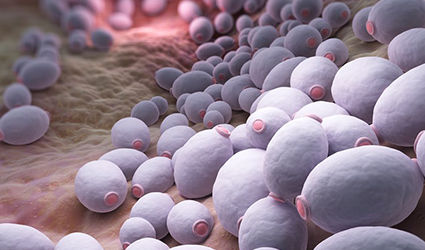What is Multi-Drug Resistant Candida?
July 31, 2018
Source: Health News
 698
698

In a study on the current trends in multidrug resistance, published in The Journal of Infectious Diseases last year, the prevalence of multidrug-resistant C. glabrata in many health centers was discussed. The increase in resistance was recorded with the introduction of antifungal agents like azoles, which were effective against Candida species.
To understand the basic mechanism behind this multi-drug resistance, Charles Kwang of Kwang Wellness explains the mechanism of Candida, failure of conventional treatments, and the relevant measures to prevent this drug resistance.
Kwang explains, “There is no test to prove Candida; No medical doctor’s ever going to diagnose Candida. Any health problem that has no cause – most likely, there is a cause.”
Regarding conventional medicine, doctors use antibiotics as a first-line treatment. If this doesn’t work, steroids are prescribed as second-line drugs.
After this chemo drugs like methotrexate are considered as a third-line therapy, which carries potentially life-threatening side effects.
If a patient who previously responded well to antibiotics experiences a worsening of symptoms, it is called as drug resistance. Kwang asks, “But what if you’re not fighting a bacteria anymore?” The chronic antibiotic use is also a risk factor for Candida infections, as they destroy all bacteria including beneficial bacteria.
Kwang said, “You may see that with someone who has an immune system problem; There’s Candida underneath that.”
By DduRead more on
- Things to Know before Buying Newborn Baby Incubators March 31, 2022
- Highly Resistant Food Poisoning Bug Responds to Antibiotics September 6, 2018
- Smartphone Based Diagnosis to Identify Mosquitoes Transmitting Infection September 5, 2018
- 3 Natural Plant Extracts Manufacturers on Drugdu.com September 4, 2018
- Shenzhen Chuanggan – Health Assessment Facility Supplier September 4, 2018
your submission has already been received.
OK
Subscribe
Please enter a valid Email address!
Submit
The most relevant industry news & insight will be sent to you every two weeks.



